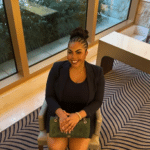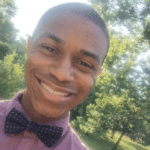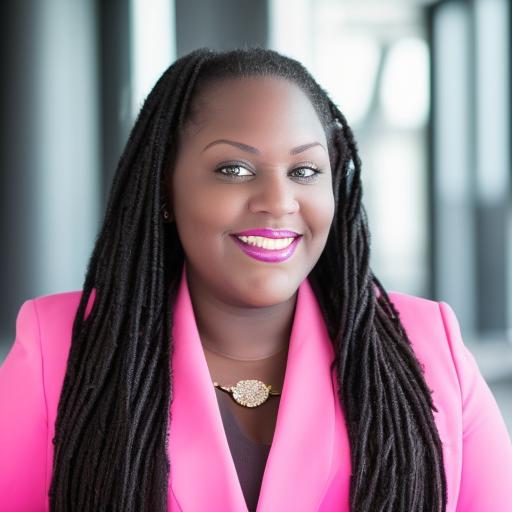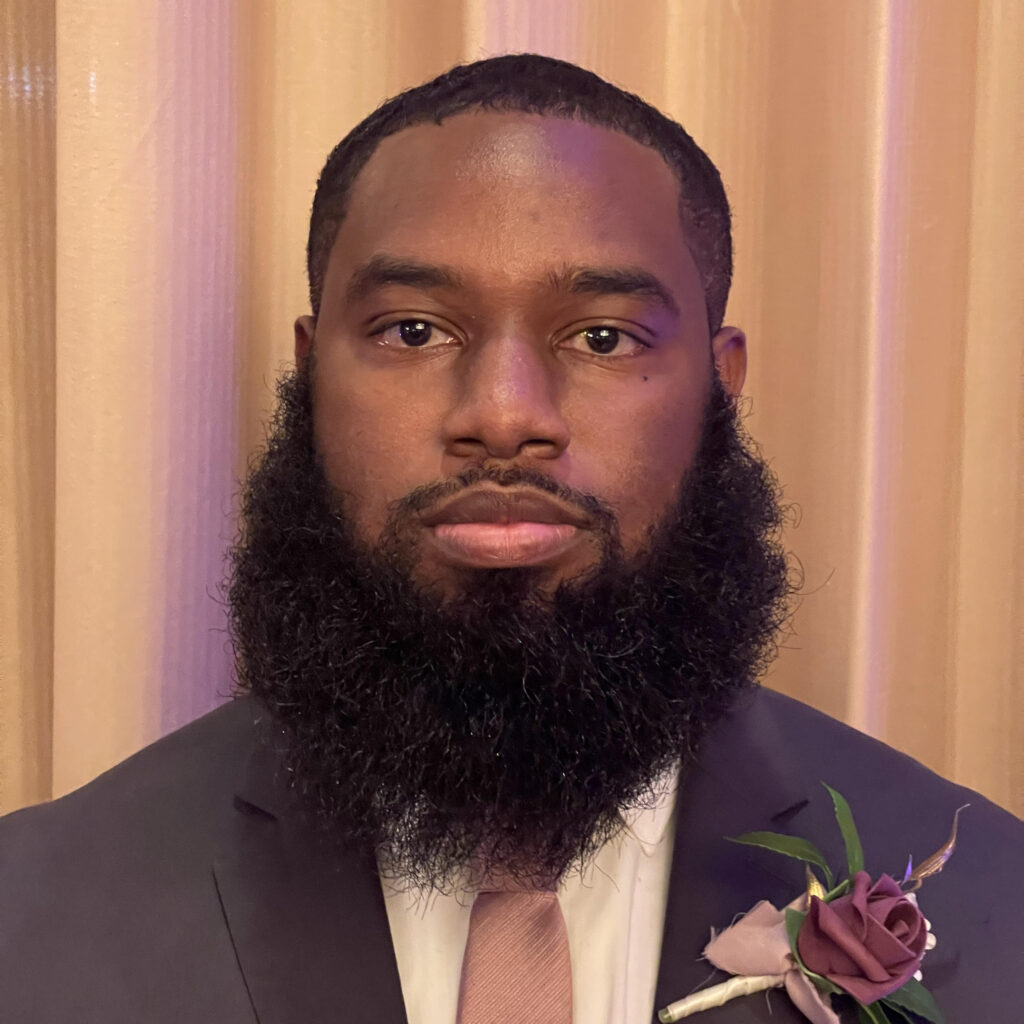Antione D. Tomlin, PhD, PCC
Associate Professor and Director of Academic Literacies Tutoring Center
Anne Arundel Community College
Dr. Candice Strachan
Educational Researcher & Consultant
Ministry of Education, Bahamas
As March unfolds, with its whirlwind of activities for both faculty and graduate students, it becomes crucial to carve out moments for self-reflection, effective self-care, and a mindful centering amidst the chaos. The looming threat of burnout is ever-present, capable of unraveling the fruits of hard labor over days, months, or even years. Join me, a faculty member and dissertation chair, as I collaborate with the insightful Dr. Candice Strachan, a former doctoral student. Together, we unveil many tips, strategies, and pearls of wisdom to guide both faculty and graduate students through the bustling demands of this season, ensuring they navigate the storm without succumbing to the perilous grip of burnout.
Student Tip #1: Consistency and Sacrifice Are Key
Consistency and sacrifice are indispensable components for graduate students aiming to excel in their academic pursuits. Maintaining a steady dedication to your studies, research, and other commitments is crucial. Consistency ensures steady progress toward your goals and aids in avoiding the pitfalls of procrastination or inconsistency that can hinder your advancement.
Additionally, sacrifice plays a significant role in the journey of a graduate student. This often involves prioritizing academic responsibilities over leisure activities, social events, or personal time. Sacrifices may include late nights in the library or at home, foregoing weekend outings to focus on research, or allocating resources towards educational expenses rather than discretionary spending.
By embracing consistency and sacrifice, graduate students demonstrate their commitment to academic excellence and increase their chances of achieving their desired outcomes, whether it be completing their degree, publishing research, or securing career opportunities in their field. These qualities will help you navigate the challenges of graduate school with resilience and determination, ultimately contributing to your success in academia and beyond.
Faculty Support Suggestion: As mentors guiding doctoral students, we understand the hard journey they undertake. Depending on the stage of life and the doctoral process, it can be taxing and draining for both mentors and students alike. In our roles as faculty advisors, it’s crucial to engage in candid yet supportive dialogues with our students about the resilience, dedication, and sacrifices required to complete a terminal degree. However, it’s equally important to reflect on our own challenges during our doctoral journeys. While each path is unique, we must remember the hurdles we overcame and the support systems that sustained us. Even though we may have transitioned from student to mentor, our commitment to holistic student support remains unwavering, recognizing that life continues outside the confines of the doctoral program.
Colleagues, let’s strike a balance between providing challenge and support while remaining mindful of our own expectations and frustrations. By doing so, we can foster an environment where students thrive, knowing they have a dedicated support network guiding them every step of the way.
Student Tip #2: Celebrate Along the Way
Celebrating milestones and achievements along the way is essential for maintaining balance and sustaining motivation as a graduate student. Pursuing an advanced degree is a demanding and often arduous journey, characterized by long hours of study, research, and academic rigor. Amidst the challenges and pressures, it’s crucial for graduate students to take moments to acknowledge their progress and accomplishments.
Celebrating milestones can take various forms, from acknowledging the completion of a challenging assignment or exam to commemorating the acceptance of a research paper for publication. These celebrations provide opportunities for graduate students to reflect on their hard work and dedication, reinforcing their sense of accomplishment and boosting their morale. Moreover, celebrating along the way serves as a reminder that the journey toward earning a graduate degree is not solely about reaching the end goal but also about enjoying the process and recognizing personal growth and development along the way. It helps to break the monotony of academic work, prevent burnout, and foster a positive mindset.
By incorporating celebrations into their academic journey, graduate students can cultivate a sense of balance between their academic pursuits and personal well-being. Whether it’s a small gathering with friends, a special dinner, a quick destination trip, or a moment of quiet reflection, these celebrations provide valuable opportunities for rejuvenation, connection, and self-appreciation amidst the rigors of graduate studies. Ultimately, they contribute to a more fulfilling and sustainable experience as a graduate student.
Faculty Support Suggestion: I wholeheartedly advocate for my students to embrace celebration at every juncture of their doctoral journey. Whether it’s acknowledging small victories with micro-celebrations or marking major milestones with grand events, each step closer to completing their terminal degree merits recognition. It’s essential for my students to understand that no accomplishment in this process should be trivialized. We often emphasize that if obtaining a terminal degree were effortless, it would not be the esteemed achievement it is. I remind my students that they are embarking on a path that not everyone has the want, courage, or determination to pursue, let alone complete. Therefore, every advancement, regardless of its size, deserves to be celebrated.
Colleagues, I urge you to challenge your students to embrace celebration more. Let’s instill in them the understanding that a triumph, no matter how small, is still a triumph worth commemorating. After all, in this demanding journey, every win is a testament to their resilience and dedication, and in many ways, ours too!
Student Tip #3: Unhealthy Habits Must Go
Eliminating unhealthy habits is imperative for graduate students. As you navigate the demands of advanced academic pursuits, maintaining good physical and mental health becomes paramount. Unhealthy habits such as poor diet, lack of exercise, inadequate sleep, excessive stress, and procrastination can hinder academic performance, jeopardize well-being, and impede progress toward academic and professional goals.
Healthy lifestyle choices directly impact cognitive function, energy levels, and overall resilience in managing the rigors of graduate school. Establishing routines that prioritize nutritious meals, regular physical activity, sufficient sleep, and stress-management techniques can enhance focus, productivity, and overall well-being. Moreover, addressing unhealthy habits contributes to better mental health outcomes. Graduate students often face high levels of stress, anxiety, and pressure to perform, which can exacerbate mental health challenges if not properly addressed.
By cultivating healthy coping mechanisms, seeking support when needed, and prioritizing self-care, students can mitigate the negative effects of stress and maintain emotional resilience throughout their academic journey. Furthermore, breaking free from unhealthy habits fosters a positive mindset and promotes personal growth. Overcoming challenges associated with unhealthy behaviors requires commitment, discipline, and self-awareness. By replacing detrimental habits with positive alternatives, graduate students can cultivate a sense of empowerment, self-control, and self-efficacy, which are essential attributes for success in academia and beyond.
Faculty Support Suggestion: The advice provided above isn’t solely for our students; it’s equally pertinent for us as faculty advisors. We must discard outdated practices that view the doctoral journey as an initiation or hazing ritual. It’s imperative to move away from the mindset of “I had to earn mine the hard way, so you should too.” Instead, we should approach this process with empathy and unwavering support for our students, ensuring we don’t replicate any traumatic experiences we may have encountered with our own advisors.
Reflecting on my own doctoral journey, I’m grateful for the supportive chairs who not only guided me academically but also became invaluable colleagues and mentors. While we may not form friendships with every student, we must recognize that upon completion, they become our professional peers. Therefore, it’s essential to treat them with respect throughout their journey and beyond. Colleagues, I challenge you to shift away from this mindset and provide the love and support our students need to thrive. Clear communication is key in this process; we must articulate our expectations to students, ensuring they understand what is required of them. By establishing clarity, we can reduce stress and frustration levels for everyone involved, fostering a more supportive and productive environment.
Student Tip #4: Join/Form a Support Group
Joining or forming a support group is invaluable for graduate students facing the rigors of advanced academia. These groups foster camaraderie, providing a space to share experiences, advice, resources, and encouragement. They combat the isolation often felt in graduate school, offering social connection and community-building.
Moreover, support groups facilitate mutual assistance, collaboration, and emotional support, aiding students in overcoming obstacles and navigating challenges with resilience. Additionally, they serve as a source of accountability and motivation, helping students stay focused on their academic goals. Furthermore, support groups offer professional networking opportunities, enabling collaboration on research projects and providing insights into various career paths. Support groups offer social support, academic assistance, motivation, and networking opportunities, enhancing the graduate student experience and boosting success in academia and beyond.
Faculty Support Suggestion: Colleagues, it’s crucial to recognize that while you’re providing invaluable support to your students throughout their doctoral journey, you don’t have to shoulder this responsibility alone. Balancing teaching assignments, research, and mentoring alongside other work commitments can be demanding. While it’s essential to be present and available for your students with clear boundaries, it’s equally important to acknowledge that you’re not their sole source of support, nor should you be.
Encourage your students to seek community beyond yourself and their immediate family. Creating additional spaces for community and a sense of belongingness and togetherness can alleviate the burden for everyone involved. Facilitate connections among your students and empower them to cultivate supportive, nurturing, and safe environments where they can thrive.
Furthermore, don’t forget to seek out your own support networks. While I’ve emphasized the importance of supporting your students, I recognize that mentoring doctoral students is demanding and requires a considerable amount of effort and dedication. Remember to prioritize your own well-being and seek out support systems that can provide you with the encouragement and assistance you need to navigate this challenging yet rewarding journey that is a labor of love.
Authors Bios:
Antione D. Tomlin, PhD, PCC is a tenured Associate Professor and Director of Academic Literacies Tutoring Center at Anne Arundel Community College. Dr. Tomlin is also an ICF Certified Life Coach. Feel free to reach out at www.drantionetomlin.com or on X (Twitter) @Tomlinantione.
Candice D. Strachan, EdD, completed her EdD in the Urban Educational Leadership program at Morgan State University. Dr. Strachan has served as an Educational Researcher & Consultant at the Ministry of Education in the Bahamas. Feel free to reach out via email at drcandicestrachan@gmail.com.
Applying for academic programs or positions requires many artifacts. Put your best foot forward with Interfolio.
Start building your dossier for free today.
Any opinions, findings, conclusions, or recommendations expressed in this material are those of the authors and do not necessarily reflect the view of Interfolio.


















